Influenza viruses originating from animals—specifically bats, birds, and swine—pose significant concerns due to their potential impact on public health. Understanding the characteristics and risks associated with these zoonotic infections is crucial for effective prevention and control.
1. Bird Flu Has A High Mortality Rate In Humans
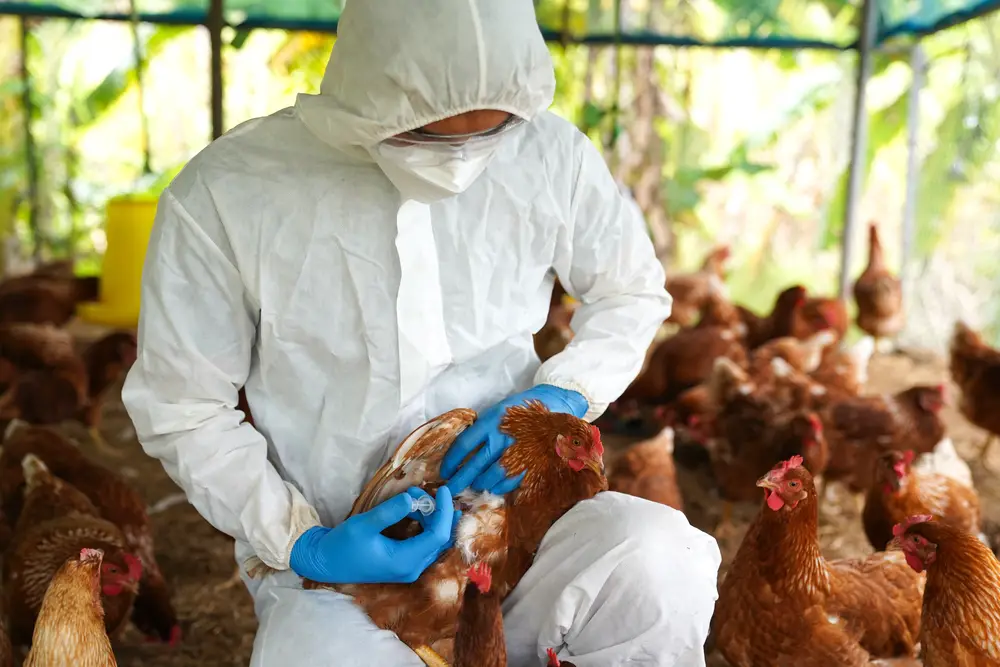
Human infections with highly pathogenic avian influenza (HPAI) A(H5N1) viruses have been reported in 23 countries since 1997. This high mortality rate underscores the serious threat posed by HPAI A(H5N1) to human health. The virus primarily spreads from birds to humans through direct contact, making those in close proximity to infected poultry particularly vulnerable. Symptoms often include fever, cough, and respiratory distress, which can rapidly progress to organ failure. Continuous monitoring and preventive measures are essential to mitigate the risk of transmission. According to the CDC, human infections with highly pathogenic avian influenza (HPAI) A(H5N1) have resulted in severe pneumonia and a mortality rate of about 50% in reported cases.
Despite its high lethality, human-to-human transmission of H5N1 remains rare, limiting its potential to cause widespread pandemics. However, the virus’s ability to mutate and adapt raises concerns about future outbreaks. Public health officials emphasize the importance of early detection and rapid response to contain the virus. Vaccines for H5N1 exist but are not widely available, highlighting the need for global preparedness. Understanding the virus’s behavior and transmission pathways is critical to preventing future tragedies.
2. Bird Flu Spreads Like Wildfire In Chickens And Birds
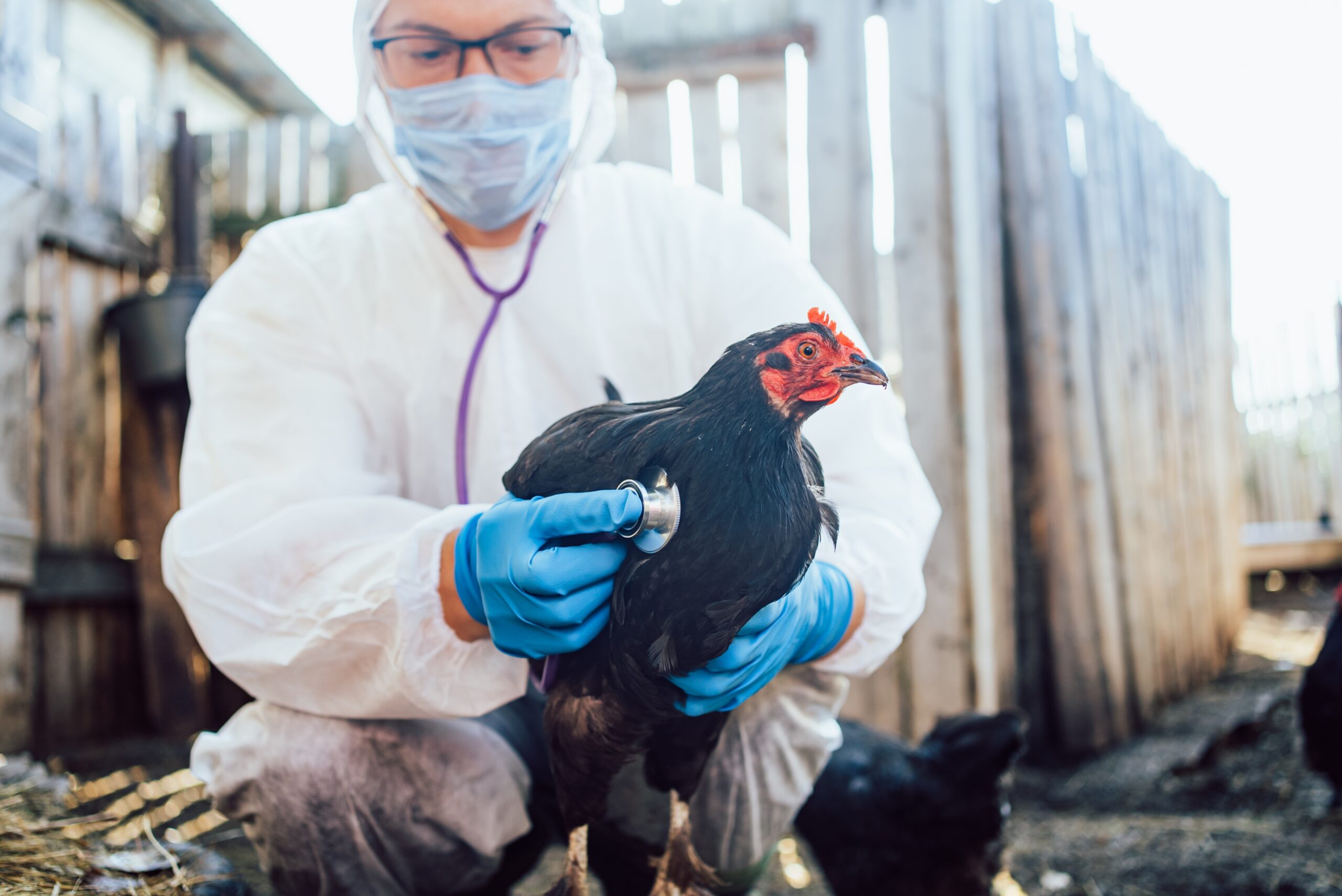
As of February 21, 2025, avian influenza has affected over 162 million poultry across 51 jurisdictions in the United States, leading to significant economic losses and disruptions in the food supply chain. The widespread culling of infected birds has been a necessary measure to control the outbreak, but it has also resulted in financial hardships for farmers and increased prices for consumers. The rapid spread of the virus among poultry highlights the need for stringent biosecurity measures and effective surveillance systems to detect and contain outbreaks promptly. As reported by USDA, avian influenza has affected over 162 million poultry across 51 U.S. jurisdictions, causing substantial economic losses and disruptions in the food supply chain.
The economic impact extends beyond poultry farms, affecting industries such as feed production, transportation, and retail. Egg prices, for example, have surged to nearly $5 per dozen, straining household budgets. Farmers face the dual challenge of protecting their flocks and maintaining profitability, often requiring government assistance. The outbreak has also raised concerns about food security, as poultry is a primary protein source for millions. Addressing these challenges requires a coordinated effort between governments, industries, and researchers.
3. People Are Being Hospitalized For Bird Flu In The U.S.
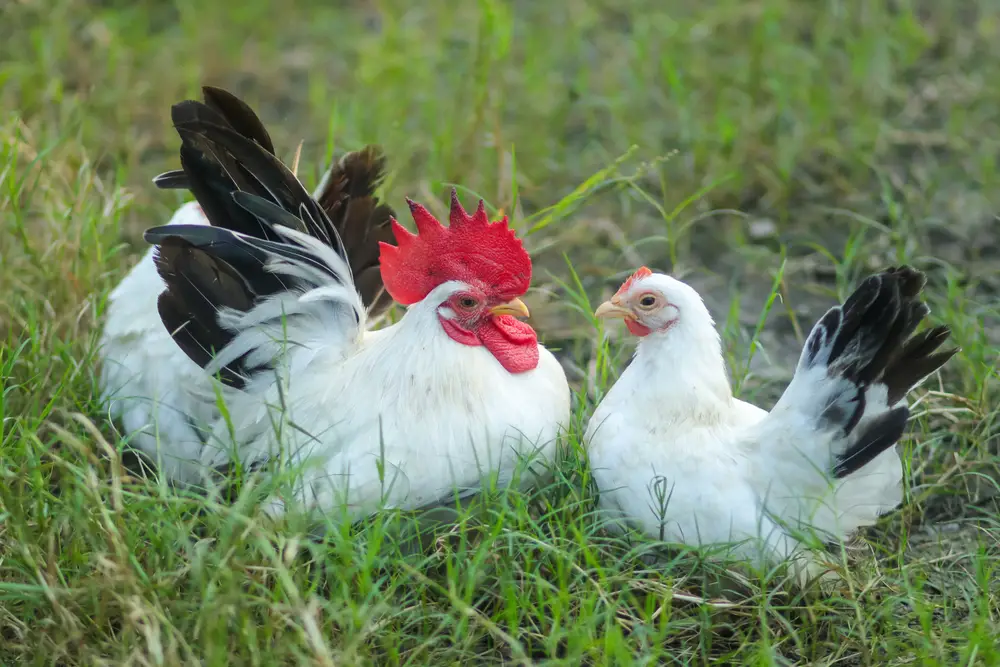
In February 2025, two individuals in Wyoming and Ohio were hospitalized due to H5N1 bird flu infections, marking the first human cases of this strain in these states. The patient in Wyoming remains hospitalized, while the individual in Ohio has been discharged. Both cases were linked to direct exposure to infected poultry, emphasizing the zoonotic potential of the virus. These incidents highlight the importance of protective measures for individuals working closely with birds to prevent transmission.
Public health officials have urged poultry workers to wear protective gear and practice good hygiene to reduce the risk of infection. While human cases remain rare, each incident serves as a reminder of the virus’s potential to cross species barriers. Surveillance systems are in place to monitor for new cases and track the virus’s spread. Early detection and isolation of infected individuals are critical to preventing larger outbreaks. These cases underscore the need for ongoing vigilance and education.
4. Bird Flu Is Sending Egg Prices Through The Roof

The ongoing avian flu outbreak has led to the culling of approximately 160 million birds in the U.S. since 2022, significantly driving up egg prices to nearly $5 per dozen. This drastic reduction in poultry numbers has strained the supply chain, affecting both producers and consumers. Farmers face substantial financial losses due to the loss of their flocks and the costs associated with disease control measures. The economic ripple effect extends to related industries, highlighting the far-reaching consequences of such outbreaks.
In addition to financial losses, the outbreak has disrupted international trade, as many countries have imposed bans on U.S. poultry imports. This has further exacerbated the economic strain on farmers and exporters. Government subsidies and compensation programs have been implemented to support affected farmers, but these measures are often insufficient. The outbreak has also prompted calls for increased investment in biosecurity and research to prevent future crises. Addressing the economic impact requires a multifaceted approach that balances immediate relief with long-term solutions.
5. Bat Flu Viruses Have Been Identified
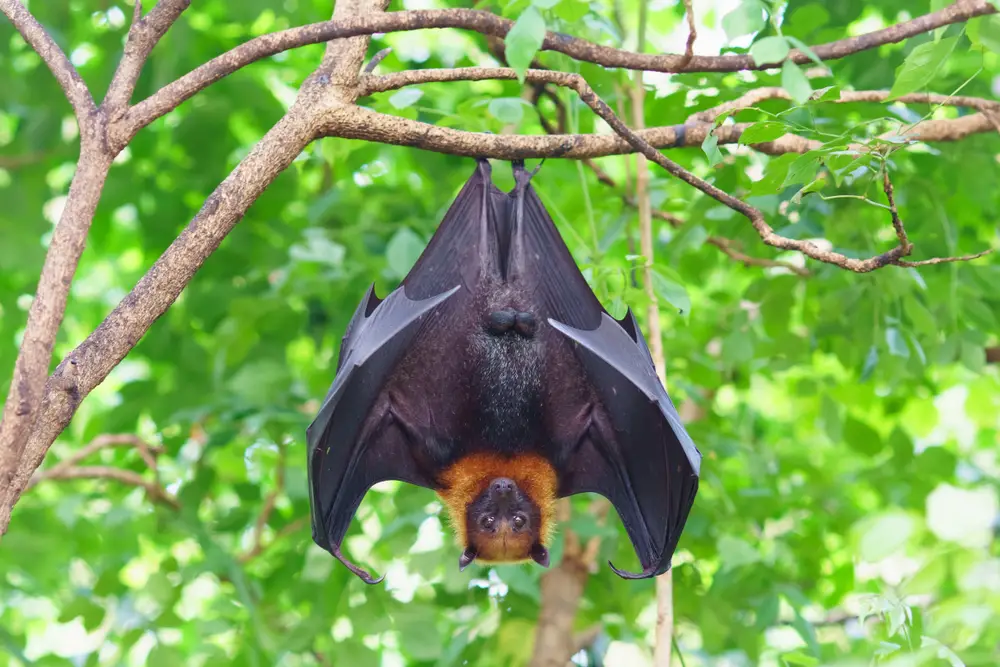
Influenza A viruses have been identified in bats, with new subtypes H17 and H18 discovered in Central and South America. These bat influenza viruses are distinct from those found in other species, providing valuable insights into the evolution of influenza A viruses. The discovery of these subtypes has expanded the understanding of the influenza virus reservoir, suggesting that bats may play a more significant role in the ecology of influenza than previously recognized. Ongoing research is crucial to determine the potential risk these viruses pose to other animals and humans.
While bat influenza viruses have not yet been shown to infect humans, their existence raises questions about the potential for future zoonotic spillover. Bats are known reservoirs for numerous viruses, including coronaviruses, making them a focus of intense scientific interest. Understanding how these viruses interact with their hosts and the environment is key to predicting and preventing future outbreaks. Researchers are also investigating whether bat influenza viruses could reassort with other influenza strains, potentially creating new threats. This research underscores the importance of studying wildlife as part of global health security.
6. Bat Flu Has The Potential To Merge With Bird Flu
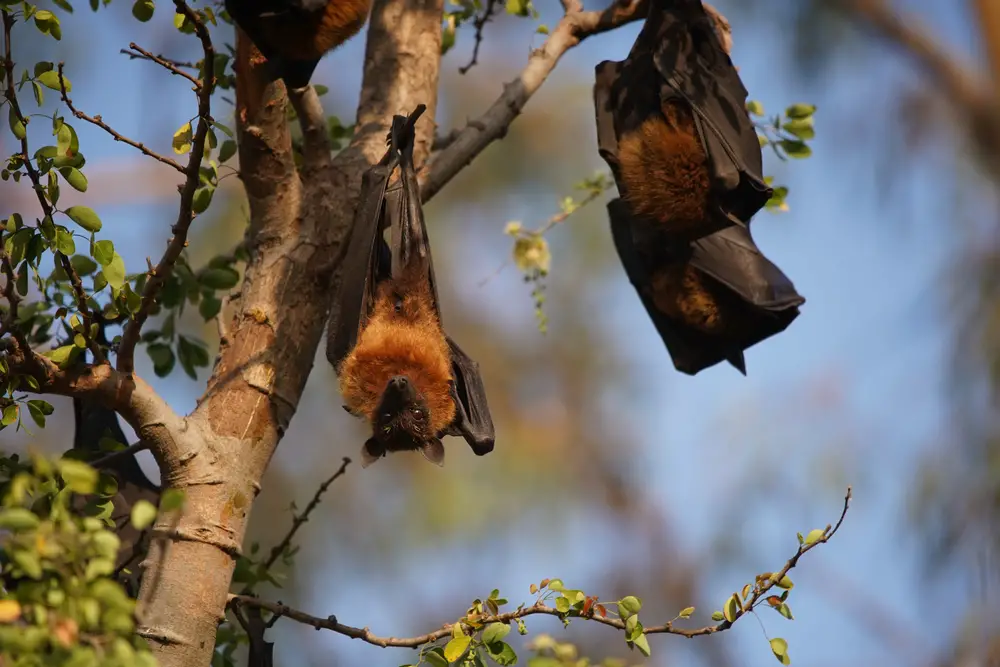
Studies have assessed the possibility of reassortment events between bat influenza viruses and other influenza viruses. While current research indicates that bat influenza viruses are unlikely to reassort with other influenza viruses, ongoing monitoring is essential. Reassortment, the process where two different influenza viruses exchange genetic material, can lead to the emergence of new strains with pandemic potential. Understanding the compatibility of bat influenza viruses with other strains helps in assessing the risk of such events.
Reassortment events have historically played a role in the emergence of pandemic influenza strains, such as the 2009 H1N1 virus. The mixing of genetic material between human, avian, and swine influenza viruses can create novel strains to which humans have little immunity. This makes reassortment a critical area of study for pandemic preparedness. Researchers are using advanced genetic sequencing techniques to monitor influenza viruses in animals and humans for signs of reassortment. Early detection of such events could provide a crucial window for intervention.
7. Humans Are Also At Risk Of Emerging Swine Flu Variations

Influenza A viruses are endemic in swine populations, with subtypes such as H1N1 and H3N2 commonly circulating. These viruses can occasionally infect humans, leading to outbreaks with pandemic potential. The 2009 H1N1 pandemic, for instance, originated from a reassortment event involving swine influenza viruses. This highlights the importance of monitoring swine populations for emerging influenza strains that could pose a threat to human health.
Swine influenza viruses are particularly concerning because pigs can serve as “mixing vessels” for different influenza strains. Their respiratory cells can be infected by both avian and human influenza viruses, facilitating reassortment. This makes swine a key focus of influenza surveillance efforts. Vaccination of swine herds and improved biosecurity measures are essential to reducing the risk of transmission to humans. Public health officials also emphasize the need for rapid response to any detected cases of swine influenza in humans.
8. Controlling Bird Fly Is A Huge Challenge

Despite significant investments in biosecurity measures, avian flu continues to decimate poultry flocks, leading to the culling of millions of birds. Experts are advocating for chicken vaccinations as a potentially effective solution. Vaccination could help reduce the spread of the virus within flocks, thereby minimizing economic losses and the risk of transmission to humans. However, implementing widespread vaccination programs presents logistical and financial challenges that need to be carefully considered.
Vaccination programs must be tailored to specific regions and poultry populations to be effective. Additionally, there are concerns about the potential for vaccinated birds to still carry and spread the virus without showing symptoms. This could complicate efforts to detect and control outbreaks. Despite these challenges, many experts believe that vaccination, combined with improved biosecurity, offers the best hope for managing avian influenza. Ongoing research is needed to develop more effective vaccines and delivery methods.
9. Influenza Has A Huge Impact On Wildlife

The San Antonio Zoo temporarily closed several bird habitats after a wild black vulture found dead on the property tested “non-negative” for avian influenza, highlighting the virus’s reach beyond domestic poultry. The infection of wild bird populations raises concerns about the broader ecological impact of the virus. Migratory birds can act as carriers, facilitating the spread of avian influenza across regions and borders. This necessitates coordinated international surveillance and response efforts to manage the disease effectively.
Wildlife conservationists are particularly concerned about the impact of avian influenza on endangered bird species. Outbreaks in wild populations can lead to significant declines in already vulnerable species. Additionally, the virus’s ability to infect mammals, including seals and foxes, adds another layer of complexity to its control. Researchers are working to understand how the virus spreads among wildlife and how it might be contained. Protecting biodiversity is an essential part of managing the global impact of avian influenza.
10. Avian Influenza Is Spreading Globally

The H5N1 avian influenza virus, particularly the 2.3.4.4b variant, has been steadily spreading globally since 2021, affecting both avian and mammalian species. The widespread nature of this variant underscores the virus’s adaptability and resilience. Its ability to infect a diverse range of hosts increases the complexity of controlling its spread. Global collaboration in surveillance, research, and resource allocation is essential to address the challenges posed by this pervasive strain.
The 2.3.4.4b variant has been detected in Europe, Asia, Africa, and the Americas, highlighting its global reach. This strain’s ability to infect mammals, including humans, raises concerns about its pandemic potential. International organizations such as the World Health Organization (WHO) and the Food and Agriculture Organization (FAO) are working to coordinate responses and share information. However, disparities in resources and infrastructure between countries pose challenges to effective global management. Addressing these disparities is critical to preventing future outbreaks.
11. Bat Flu Is A Risk To Humans
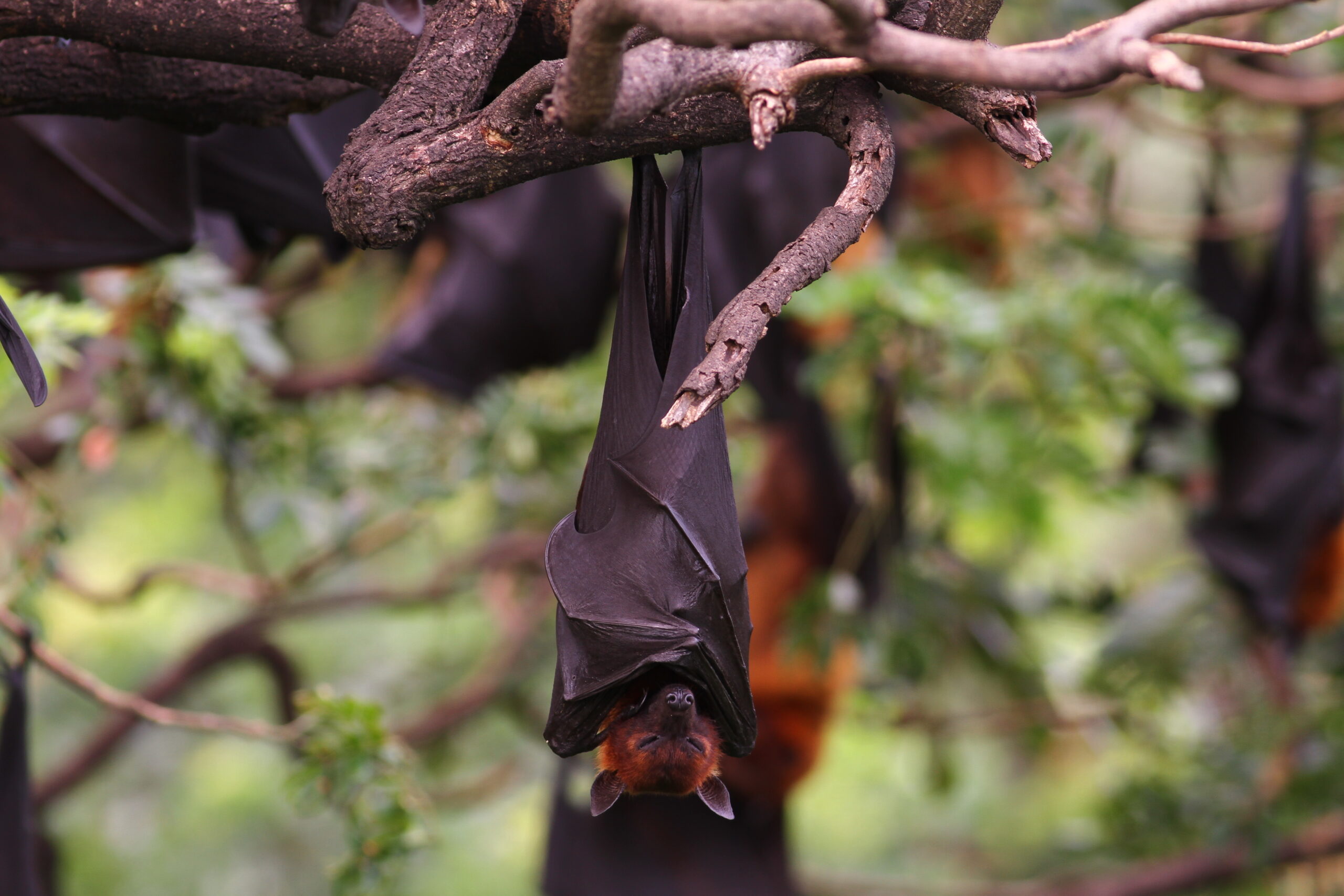
Preliminary laboratory research suggests that human cells do not support the growth of bat influenza viruses, indicating a low risk of these viruses infecting humans. This finding provides some reassurance, but it does not eliminate the need for continued vigilance. Bats are known reservoirs for numerous viruses, and their close proximity to humans in some regions increases the potential for spillover events. Understanding the barriers to cross-species transmission is essential for assessing the risk posed by bat influenza viruses.
Researchers are studying the molecular mechanisms that prevent bat influenza viruses from infecting human cells. This knowledge could inform the development of antiviral therapies and vaccines. Additionally, understanding how these viruses interact with their bat hosts could provide insights into their evolution and potential for adaptation. While the current risk to humans appears low, ongoing research is necessary to monitor for any changes in the virus’s behavior. This work is part of a broader effort to prevent future zoonotic outbreaks.
12. Migratory Birds Help Spread Avian Influenza

Migratory birds play a significant role in the global spread of avian influenza, carrying the virus across continents and introducing it to new regions. This natural movement of birds complicates efforts to control the virus, as it can be reintroduced to areas where outbreaks have previously been contained. Surveillance of migratory bird populations is essential for early detection and response to new outbreaks. Understanding the migration patterns of these birds can help predict and mitigate the spread of avian influenza.
Efforts to monitor migratory birds include tracking their movements and testing for the presence of the virus. This information is shared internationally to provide early warning of potential outbreaks. However, the sheer number of migratory birds and the vast distances they travel make this a challenging task. Researchers are also studying how environmental factors, such as climate change, may influence the spread of avian influenza by altering bird migration patterns. This work is critical to developing effective strategies for controlling the virus.
13. Swine Flu Outbreaks Take A Huge Financial Toll

Swine flu outbreaks can have significant economic consequences, particularly for the pork industry. The 2009 H1N1 pandemic, for example, led to widespread trade restrictions and a decline in pork consumption, resulting in substantial financial losses for farmers. Outbreaks also require costly containment measures, including culling infected animals and implementing biosecurity protocols. These economic impacts highlight the importance of preventing and controlling swine flu in both animals and humans.
In addition to direct economic losses, swine flu outbreaks can damage consumer confidence in pork products. This can lead to long-term declines in demand, further straining the industry. Governments and industry groups often work together to provide financial support to affected farmers and promote the safety of pork products. However, these measures are not always sufficient to offset the economic impact of outbreaks. Preventing future outbreaks requires ongoing investment in research, surveillance, and biosecurity.
14. Climate Change Plays A Role In Influenza Spread
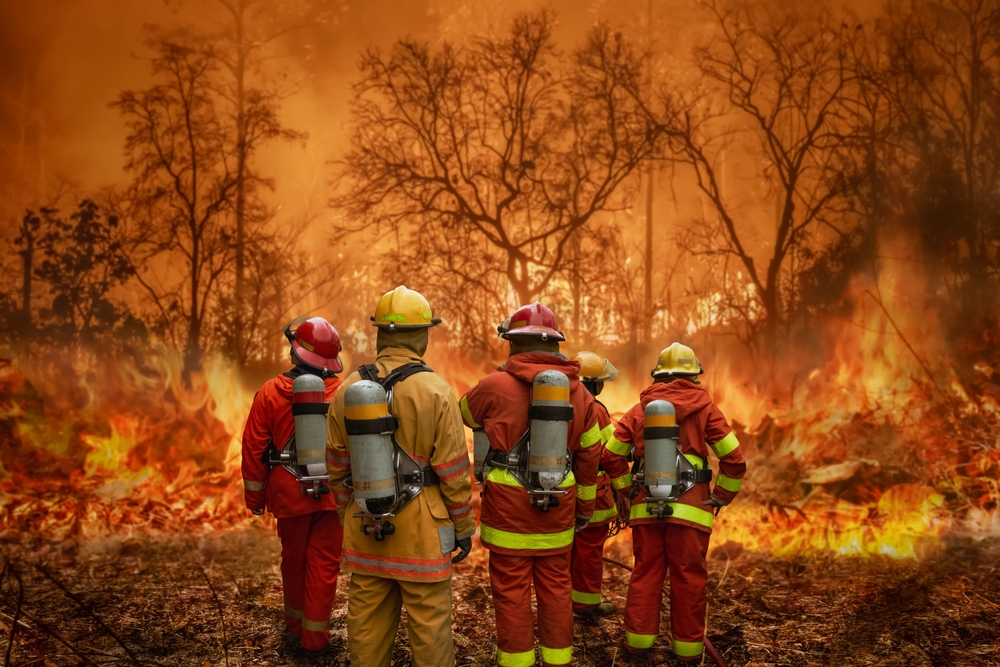
Climate change is increasingly recognized as a factor influencing the spread of influenza viruses. Changes in temperature and precipitation patterns can alter the behavior of wildlife, including birds and bats, potentially increasing the risk of zoonotic spillover. For example, warmer temperatures may extend the range of certain bird species, bringing them into closer contact with humans and domestic animals. Understanding these dynamics is essential for predicting and mitigating the impact of climate change on influenza transmission.
Researchers are studying how climate change affects the ecology of influenza viruses, including their survival and transmission. This work is part of a broader effort to understand the complex interactions between climate, wildlife, and human health. Addressing the impact of climate change on influenza requires a multidisciplinary approach, involving ecologists, virologists, and public health experts. This research is critical to developing strategies for adapting to a changing climate and preventing future outbreaks.
15. We Need Global Collaboration To Keep Influenza Under Control

Controlling influenza viruses with zoonotic potential requires global collaboration and coordination. The interconnected nature of modern travel and trade means that outbreaks in one region can quickly spread to others. International organizations such as the WHO and FAO play a critical role in facilitating information sharing and coordinating responses to outbreaks. However, disparities in resources and infrastructure between countries pose challenges to effective global management.
Efforts to improve global collaboration include strengthening surveillance systems, sharing data and resources, and providing technical and financial support to low- and middle-income countries. These efforts are essential for detecting and responding to outbreaks quickly and effectively. Additionally, global collaboration is necessary for developing and distributing vaccines and antiviral therapies. Addressing the challenges posed by zoonotic influenza requires a coordinated, global response that prioritizes equity and cooperation.
